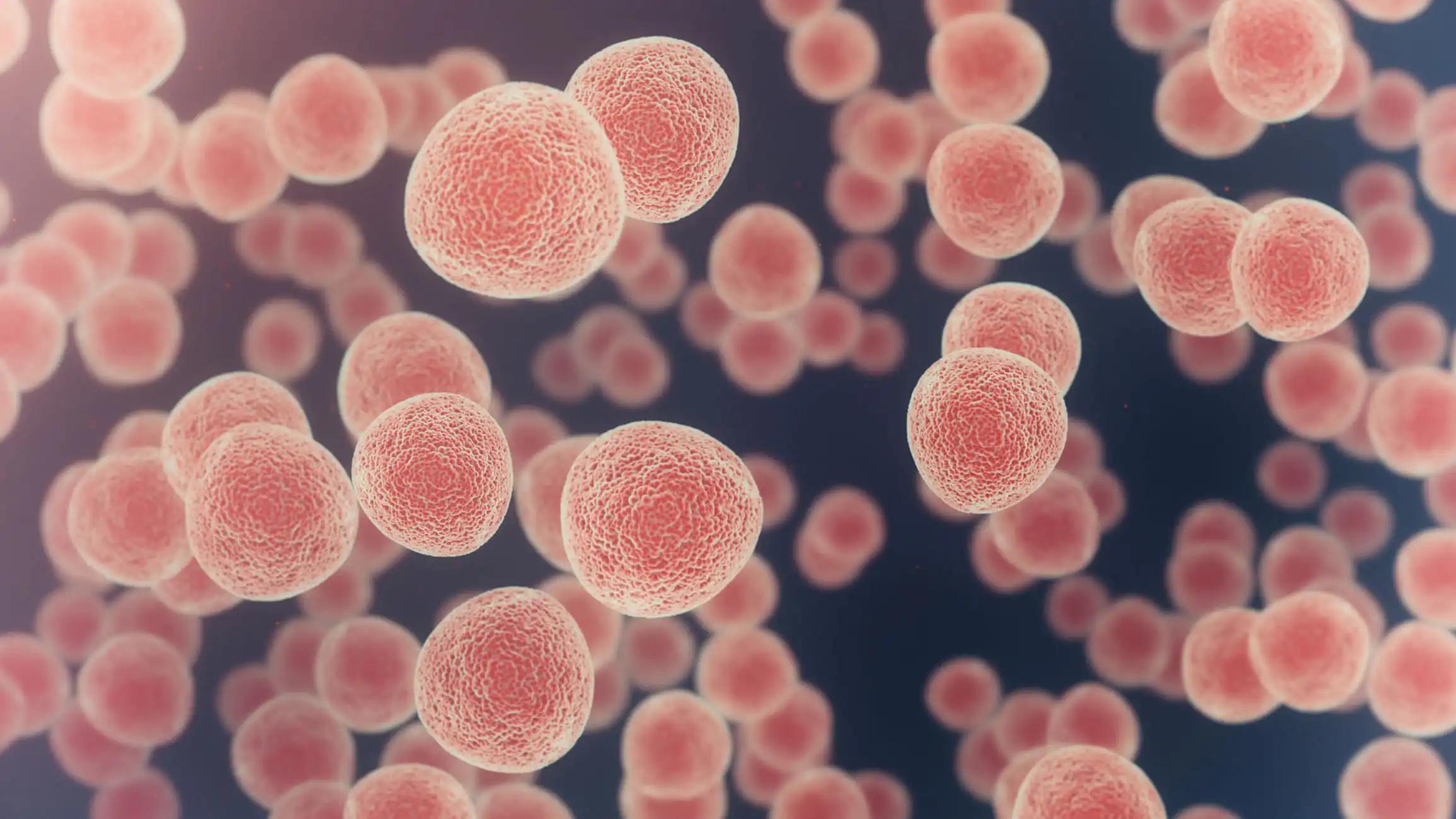KEY TAKEAWAYS
- The ZUMA-7 phase 3 trial aimed to investigate the safety and efficacy of axicabtagene ciloleucel as second-line therapy relapsed/refractory large B-cell lymphoma pts.
- Researchers noticed that axicabtagene ciloleucel as second-line therapy .
Historically, older patients (pts) with relapsed/refractory large B-cell lymphoma (R/R LBCL) faced ineligibility for curative autologous stem cell transplant (ASCT) due to age-related concerns. The ZUMA-7 study demonstrated axicabtagene ciloleucel’s (axi-cel) safety and efficacy as second-line (2L) therapy, revealing improved event-free survival (EFS), response rates, and quality of life (QoL) compared to standard of care (SOC). Primary overall survival (OS) analysis at 47.2 months demonstrated superior OS in the intention-to-treat (ITT) analysis (HR, 0.73; 95% CI, 0.54-0.98; stratified two-sided log-rank P=0.03; Westin, et al. N Engl J Med. 2023; NCT03391466).
Marie José Kersten and his team aimed to assess the suitability of axi-cel as a curative-intent 2L therapeutic option for older pts with R/R LBCL. The study presented updated efficacy and safety results for ZUMA-7 pts aged ≥65 years and ≥70 years.
The study performed an inclusive analysis wherein eligible pts were randomized 1:1 to receive axi-cel or SOC, which comprised 2-3 cycles of platinum-based chemoimmunotherapy. Responding pts proceeded to high-dose chemotherapy with ASCT. The primary OS analysis, following the protocol, occurred five years after the first patient was randomized on January 25, 2018. Progression-free survival (PFS) per investigator assessment and safety were also assessed as secondary endpoints.
A planned subgroup analysis focused on pts aged ≥65 years, with an additional analysis for those aged ≥70 years. Multivariate analyses were conducted to examine treatment efficacy, adjusting for various covariates, such as sex, disease type, molecular subgroup, lactate dehydrogenase (LDH), tumor burden, and age. Strata for these analyses included second-line age-adjusted International Prognostic Index (aaIPI) and relapse vs refractory disease.
Exploratory analyses delved into the association between OS and axi-cel product characteristics specifically for pts aged ≥65 years.
About109 R/R LBCL pts were analyzed (axi-cel: 51 were ≥65 y, 26 of whom were ≥70 y, maximum age was 80 y; SOC: 58 were ≥65 y, 27 of whom were ≥70 y, maximum age was 81 y). Axi-cel pts exhibited more high-risk features at baseline, including aaIPI 2-3, elevated LDH, and high-grade B-cell lymphoma, compared to SOC.
At a median follow-up of 46.6 months, axi-cel demonstrated prolonged OS compared to SOC in pts aged ≥65 years (HR, 0.691; 95% CI, 0.401-1.190) and ≥70 years (HR, 0.330; 95% CI, 0.135-0.809), corroborated by the piecewise Cox regression model. Median OS for axi-cel and SOC pts aged ≥65 years were 43.5 months (95% CI, 20.9-not estimable [NE]) and 19.6 months (95% CI, 12.3-NE), respectively, and for those aged ≥70 years were 24.7 months (95% CI, 12.8-NE) and 11.2 months (95% CI, 6.1-NE), respectively.
In the SOC arm, 57% and 52% of pts aged ≥65 years and ≥70 years, respectively, received subsequent off-protocol cellular immunotherapy. Multivariate analyses indicated a greater OS benefit with axi-cel over SOC when adjusting for baseline characteristics in pts aged ≥65 years (HR, 0.526; 95% CI, 0.266-1.041) and ≥70 years (HR, 0.184; 95% CI, 0.045-0.755).
PFS favored axi-cel over SOC in pts aged ≥65 years (HR, 0.406; 95% CI, 0.230-0.715) and ≥70 years (HR, 0.206; 95% CI, 0.078-0.547). Median PFS for axi-cel and SOC pts aged ≥65 years were 28.7 months (95% CI, 5.1-NE) and 5.0 months (95% CI, 2.8-7.2), respectively, and for those aged ≥70 years were 11.4 months (95% CI, 4.1-NE) and 2.7 months (95% CI, 1.7-5.0), respectively.
No new treatment-related deaths occurred since the primary event-free survival analysis. There were no manufacturing failures for any patient who underwent leukapheresis. Similar associations between product characteristics and outcomes were observed among the elderly and overall populations, including improved OS associated with a greater (>median) proportion of juvenile or stem memory T-cell phenotype cells (CCR7+CD45RA+ T cells) in the axi-cel product among pts aged ≥65 years (HR, 0.369; 95% CI, 0.138-0.984).
The study concluded that axicabtagene ciloleucel (axi-cel) as second-line therapy significantly prolongs survival over SOC in pts aged ≥65 years, including those ≥70 years. These robust findings challenged age-related barriers for CAR T-cell therapy, advocating for the consideration of axi-cel as a curative-intent second-line therapeutic option for older pts with relapsed/refractory large B-cell lymphoma.
The study is sponsored by Kite, A Gilead Company
Source: https://ash.confex.com/ash/2023/webprogram/Paper173873.html
Clinical Trial:https://clinicaltrials.gov/study/NCT03391466
Kersten M J, Farooq U, Rapoport A P, et al. (2023). “Improved Overall Survival with Axicabtagene Ciloleucel Vs Standard of Care in Second-Line Large B-Cell Lymphoma Among the Elderly: A Subgroup Analysis of ZUMA-7” Presented at ASH 2023 (Abstract 1761).



